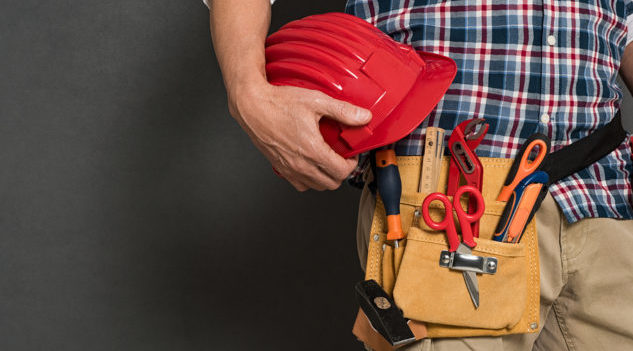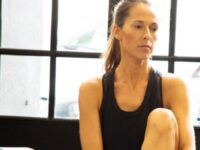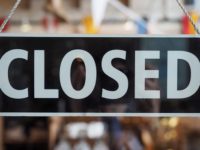The latest Hnry Sole Trader Pulse, the only nationwide survey of self-employed people in Australia, reveals that 38 per cent of Australia’s sole traders are experiencing a decline in revenue, to the point that revenue decline has outweighed growth (37 per cent) for the first time since the pandemic.
Furthermore, only 56 per cent of sole traders in March 2024 feel secure in their jobs, falling from 61 per cent in October last year. In fact, 19 per cent look to give up independent earnings to work for someone else, 48 per cent are looking to improve their earnings, and 47 per cent are yearning greater stability.
“With 50,000 new sole traders expected to enter the sector this year, this group is an essential subsection of our workforce that signals the broader health of the economy,” Karan Anand, Managing Director of Hnry Australia, commented. “Our data shows us they’re doing it tough and feeling the lasting impact of inflation and back-to-back interest rate rises.
“The good news is that as economic pressures promise to ease, overall sole trader optimism, whilst modest, is on the rise, with 35 per cent feeling positive about the health of the economy in six months’ time, a jump from 23 per cent in October 2023, and the highest since March 2022,” Anand added.
The survey noted that those who are new to sole trading are feeling these challenges more heavily than their peers, with 52 per cent of sole trader businesses less than two years old reporting falling revenue compared to 30 per cent who are sole traders already for three to 10 years, and 39 per cent for those being sole traders for 11 years or more. This also corresponds to another study which found that independent earners aged under 34 feel more impacted by stagnating turnover (49 per cent) when compared with their 35-54 year-old (38 per cent) and 55+ year-old (34 per cent) counterparts.
Some industries are also faring worse than others with only 46 per cent of freelance creatives including designers, photographers and marketing consultants, feeling positive about their financial security. This is already despite the government’s multi-million dollar investment into the creative sector last year, with many businesses continuing to tighten the purse strings and take creative work in-house that would have previously been outsourced.
By comparison, health and wellness professionals are feeling the most secure (67 per cent), followed by consultants (64 per cent) and contract tradies (63 per cent). In fact, while 42 per cent of self-employed creatives have seen their income decline. only 28 per cent of wellness workers reported the same, as consumers prioritise spending on self-care and wellbeing in 2024.
“Despite experiencing a challenging start to the year, the majority of sole traders are still continuing to reap the rewards of being their own boss,” Anand said. “Positive feelings around work-life balance (65 per cent) and wellbeing (58 per cent) have remained unchanged since last October, while job satisfaction has improved from 62 per cent to 66 per cent, signalling the greater freedom and flexibility of self-employment continues to pay personal dividends.”
The data also found that tax and financial admin continue to impact productivity of sole traders, robbing them of an hour per day, while a day per week is lost to tracking business expenses alone.
“An empowered workforce is a productive one. Ensuring that sole traders have the tools and resources they need to build thriving businesses is vital not only for the sector’s longevity, but [also] for the nation’s economic success,” Anand concluded.















